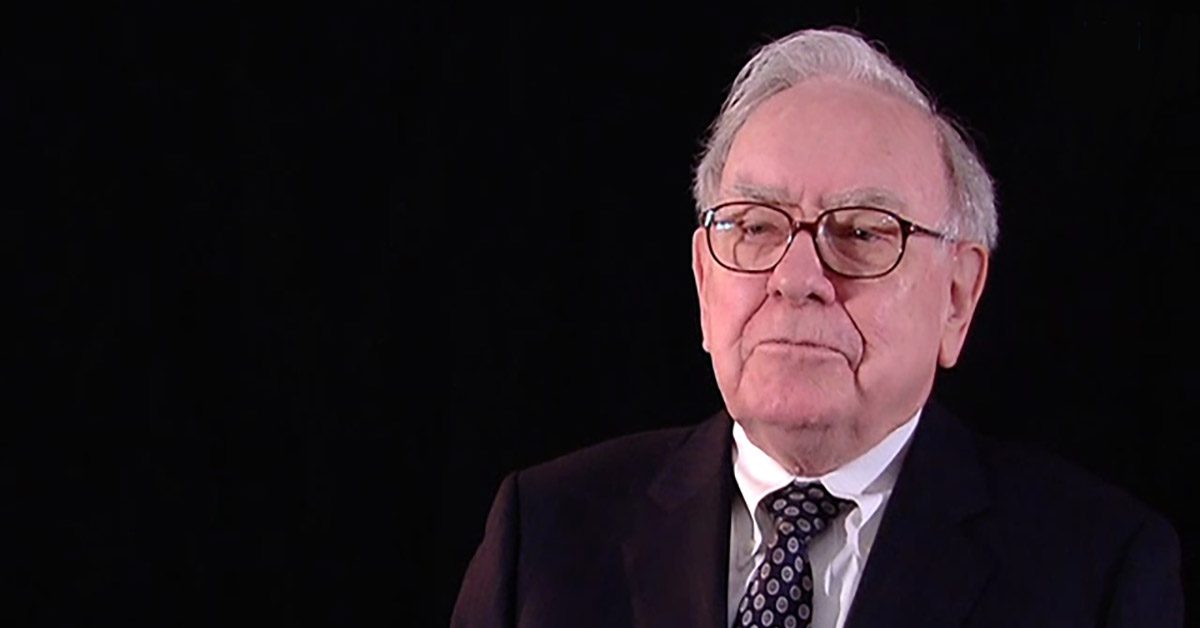The numbers are staggering. Over the next two decades, more than $84 trillion is set to move from baby boomers to their heirs—the largest transfer of wealth in human history. For context, that’s larger than the GDP of China, more than double the U.S. national debt, and about $83 trillion more than most of us expected to inherit from our own parents. Millennials are projected to control five times as much wealth by 2030 as they do today. The question isn’t whether the wealth transfer is coming—it’s whether financial advisors will still be standing when it does.
Because here’s the brutal truth: heirs tend to fire their parents’ advisors. In fact, studies suggest as many as 70% of heirs cut ties within the first year of inheriting. Translation? If you’re still clinking glasses with your boomer clients while ignoring their kids, you may be planning a retirement party for yourself—just not the one you had in mind.
The intergenerational wealth shift isn’t just money moving from one account to another; it’s a wholesale shift in expectations, values and trust. Baby boomers, many of whom grew up in a world of pensions and paper statements, often prized stability and a handshake. Their children—millennials and Gen Z—have been raised in an environment of apps, algorithms and global uncertainty. They want transparency. They want digital-first service. And they want their portfolios to reflect their principles, whether that means ESG investing, sustainable business practices or steering clear of industries they deem problematic.
This is not a minor preference tweak. It’s a rewiring of the financial relationship. Advisors who think they can win the Great Wealth Transfer without adapting to these new priorities are about as forward-looking as Blockbuster the week Netflix went public.
Consider the family dynamics. Mom and Dad worked with you for 20 years. You guided them through market cycles, college tuition and even their second home purchase. But when the wealth passes, the kids—who never saw you as more than “their parents’ advisor”—take the assets elsewhere. Why? Because you never built a bridge. You didn’t engage them in family meetings, you didn’t explain the plan and you didn’t show up in the digital channels where they live. The result: 20 years of loyalty evaporates in 20 minutes.
It doesn’t have to be this way. Advisors who proactively engage heirs before the transfer—inviting them into conversations, addressing their unique priorities and facilitating family discussions—can dramatically shift the odds of retention. Instead of being dismissed as a legacy service provider, you become a trusted family partner.
If you’re wondering whether these generational differences are really that stark, just look at this year’s headlines. Gen Z is leading labor strikes, millennials are pushing ESG activism into shareholder meetings and boomers are still debating whether “Venmoing” their grandkids is safe—same wealth, wildly different worldviews. Advisors who can’t bridge that cultural chasm will watch billions in assets leave their books faster than Taylor Swift tickets crash Ticketmaster.
Winning in the wealth transfer requires more than brushing up on TikTok slang. It requires rethinking the advisor’s role entirely. No longer just an allocator of assets, the modern advisor must be a family integrator, a legacy facilitator, and, yes, a tech-enabled guide. This means building governance structures—such as family charters, philanthropic committees, and mission statements—that help align generations around shared values. It means adopting portals, apps and communication tools that resonate with digital natives. And it means reframing investing around impact, not just income.
At its core, it’s about relevance. Are you showing up in the ways that matter to the next generation? Or are you still hoping they’ll come sit through a paper-heavy review meeting in your office? Because here’s the spoiler: they won’t.
The good news? For advisors willing to adapt, the Great Wealth Transfer is the most significant growth opportunity of our era. Engaging heirs early, integrating technology seamlessly and leading conversations about purpose and legacy doesn’t just preserve relationships—it multiplies them. Families that feel understood and aligned are more likely to stay consolidated, bringing siblings, cousins and even future generations under one advisory umbrella.
The EY Global Wealth Research Report put it best: “The wealth transfer is not just about money, it’s about mindset. Advisors who can bridge generational values will define the future of wealth management.”
The $84 trillion shift is coming whether you’re ready or not. Advisors who cling to old models will watch their AUM walk out the door. Advisors who evolve—by engaging heirs, embracing tech and aligning with next-gen values—will not just survive the transfer, they’ll thrive because of it.
This isn’t just about keeping accounts open. It’s about keeping yourself relevant in the most significant wealth transition in history. The choice is yours: be the bridge between generations or be the footnote in their inheritance story.
If you’re still building your business around boomer loyalty, you’re already behind. The $84 trillion wealth transfer isn’t just a flow of money—it’s a seismic shift in values, expectations, and trust. And if you’re not proactively connecting with heirs now, the odds say they’ll cut you loose the minute the check clears.
The next generation isn’t looking for their parents’ advisor—they’re looking for a tech-enabled guide who speaks their language, shares their priorities and helps them shape wealth as a tool for impact, not just income. Advisors who evolve into that role will transform the wealth transfer into a growth engine. Those who don’t will discover that 20 years of loyalty means nothing if they’re irrelevant when the baton is passed. Learn more by watching this short video.


















